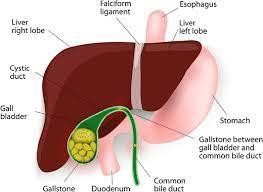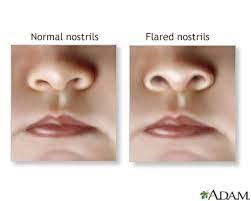A nurse is caring for a client who is 1 hr postpartum.
Nurses' Notes
1200:
Large amount of lochia rubra noted on perineal pad. Fundus boggy at two fingerbreadths above the umbilicus. Oxytocin 20 units being administered via continuous JV infusion.
1215:
Large amount of lochia rubra with several large clots noted. Client reports feeling anxious. Skin cool and clammy. Provider notified.
Select the 6 actions the nurse should take.
Firmly massage the uterine fundus.
Provide emotional support.
Administer oxygen.
Weigh the perineal pads.
Insert indwelling urinary catheter.
Administer methylergonovine.
Administer terbutaline.
Correct Answer : A,B,C,D,E,F
A: Correct. Firmly massaging the uterine fundus helps to contract the uterus and reduce bleeding.
B: Correct. Providing emotional support helps to calm the client and reduce anxiety, which can worsen bleeding.
C: Correct. Administering oxygen helps to improve tissue perfusion and oxygenation, which can be compromised by blood loss.
D: Correct. Weighing the perineal pads helps to quantify the amount of blood loss and monitor for hemorrhage.
E: Correct. Inserting an indwelling urinary catheter helps to empty the bladder and allow the uterus to descend and contract more effectively.
F: Correct. Administering methylergonovine helps to stimulate uterine contractions and control bleeding.
G: Incorrect. Administering terbutaline is contraindicated in this situation, as it relaxes the uterine smooth muscle and increases bleeding.
Nursing Test Bank
Naxlex Comprehensive Predictor Exams
Related Questions
Correct Answer is A
Explanation
Choice A reason:
Acetaminophen is a safer choice for pain relief in clients with cholelithiasis because it does not have significant effects on the gallbladder or biliary system. It can provide effective pain relief without exacerbating the underlying condition.
Choice B reason:
Omeprazole Omeprazole should not administer because it is a proton pump inhibitor (PPI) used to reduce stomach acid production and treat conditions such as gastroesophageal reflux disease (GERD) and peptic ulcers. It is not indicated for the treatment of pain and discomfort associated with cholelithiasis.
Choice C reason
Should not be administered
Metoclopramide Metoclopramide should not be administered because it is a medication used to treat gastrointestinal issues such as nausea, vomiting, and gastroparesis. It is not indicated for the treatment of pain associated with cholelithiasis.
Choice D reason:
Ketorolac Ketorolac should not be administered because it is an NSAID used for moderate to severe pain. However, it should be avoided in clients with cholelithiasis due to its potential adverse effects on the gallbladder and biliary system.

Correct Answer is B
Explanation
A. Heart rate 136/min is a normal finding for a newborn. The normal range of heart rate for a newborn is 100 to 160/min.
B. Nasal flaring is an abnormal finding for a newborn. Nasal flaring indicates respiratory distress and may be caused by conditions such as pneumonia, meconium aspiration, or congenital heart defects.
C. Transient strabismus is a normal finding for a newborn. Transient strabismus is a temporary misalignment of the eyes that occurs due to weak eye muscles and poor coordination. It usually resolves by 3 to 6 months of age.
D. Overlapping of sutures is a normal finding for a newborn. Overlapping of sutures is caused by molding of the skull during delivery and allows the head to fit through the birth canal. It usually resolves within a few days after birth.

Whether you are a student looking to ace your exams or a practicing nurse seeking to enhance your expertise , our nursing education contents will empower you with the confidence and competence to make a difference in the lives of patients and become a respected leader in the healthcare field.
Visit Naxlex, invest in your future and unlock endless possibilities with our unparalleled nursing education contents today
Report Wrong Answer on the Current Question
Do you disagree with the answer? If yes, what is your expected answer? Explain.
Kindly be descriptive with the issue you are facing.
